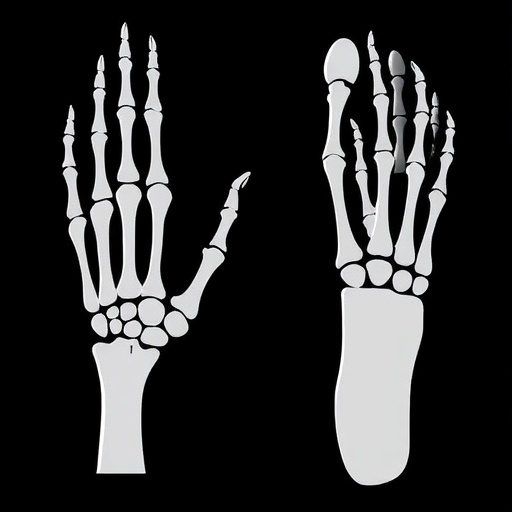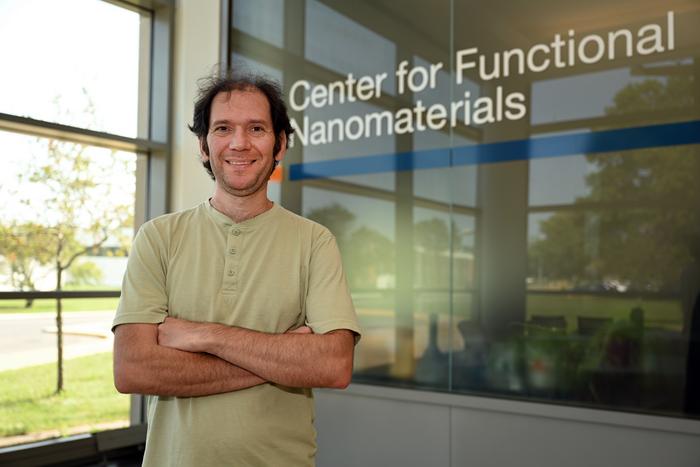Boston, MA – A research team led by scientists from Brigham and Women's Hospital and the Massachusetts Institute of Technology has developed a set of ingestible devices that draw energy from fluids in the stomach and the small intestine, and can provide power for nearly a week. The approach provides a robust, sustained energy source, enabling prototype electronic capsules to continuously monitor temperature and send data wirelessly to a remote receiver for nearly a week in large animal models. The work, which appears February 6th in the journal Nature Biomedical Engineering, represents a significant advance in how to safely and efficiently supply power to a new generation of pill-sized, ingestible systems, which have been designed to persist within patients for prolonged periods, lasting weeks, a month, or even longer.
"Our data is one of the first demonstrating an ingestible device that derives long-term power solely from the stomach and the small intestine," said senior author C. Giovanni Traverso, MB, BChir, PhD, a gastroenterologist and biomedical engineer in the Division of Gastroenterology at BWH. "Our work helps pave the way toward a new era of pill-sized electronics, which can operate over the course of weeks or even months in the gastrointestinal tract — changing the way we think about disease diagnosis, monitoring, and treatment."
Ingestible electronic devices were first described in the scientific literature in the 1950s and have been used more broadly in clinical practice in the past two decades. One of the best known is a camera capsule, commonly prescribed by gastroenterologists to examine the inside of a patient's small intestine over the course of a day or so. It consists of a tiny camera, light source, and the circuits needed to transmit images remotely, all powered by watch-sized batteries. Traverso's group and others have developed systems that can remain in the gastrointestinal (GI) tract for several days or more, creating the need for a long-term energy source.
To address this need, Traverso and his colleagues, together with co-senior authors Anantha Chandrakasan and Robert Langer of MIT, set out to devise a way to derive long-lasting power from the acid in the stomach and, to a lesser extent, the small intestine. They drew inspiration from a familiar grade-school science lesson: the lemon battery. In this experiment, the electrolytes in lemon juice (specifically, citric acid) allow electricity to flow between two different metal objects, or electrodes. So, the question was, could the electrolytes in gastric acid, together with a set of metals safe for ingestion, provide a sufficiently potent energy source?
The answer: Yes. First author Phillip Nadeau, a postdoctoral associate in Chandrakasan's lab, tested various types of metal for use as electrodes, and discovered that low-cost zinc and copper could power week-long energy delivery in animal models.
Remarkably, Nadeau and his colleagues found that they could harvest energy from both the stomach and small intestine. Although it had been previously shown that stomach acid can power an ingestible device, that energy was short-lived — lasting on the order of minutes. Moreover, prior to the Nature Biomedical Engineering paper, there was scant information on whether the small intestine, with its less acidic environment, could be harnessed as a power source.
Based on these pilot studies, the researchers created a prototype ingestible capsule to continuously monitor body temperature. Using this gastric-powered system in large animal models, they were able to take temperature measurements every 12 seconds, on average, and send that information wirelessly to a remote device. Notably, they were also able to power the prototype for an average of 6 days. In addition, the BWH-MIT team showed in early prototypes outside of the body that they could activate the release of fluid contained within the device using harvested power, illustrating the potential applications for drug delivery.
Traverso and his colleagues are now working to extend this research in multiple ways. That includes exploring other methods for providing long-term power to ingestible devices and continuing to improve their new method of gastric-derived power, including potential clinical tests.
Traverso says that the field of ingestible devices is at a watershed moment. "Because of the GI tract's unique position in the body — adjacent to the heart, lungs, and liver — there is a growing interest in devices that can also monitor and potentially treat a variety of organ systems and conditions," he said. "The future of ingestible devices could look dramatically different from what we have today."
###
The work was funded by Texas Instruments, the Semiconductor Research Corporation's Center of Excellence for Energy Efficient Electronics, and the Hong Kong Innovation and Technology Commission (A. Chandrakasan); NIH grant EB-000244 and the Max Planck Research Award (2008) from the Alexander von Humboldt-Stiftung Foundation (R. Langer); and the Division of Gastroenterology, Brigham and Women's Hospital (G. Traverso).
Paper cited: Nadeau P. et al. "Prolonged energy harvesting for ingestible devices." Nature Biomedical Engineering
Media Contact
Johanna Younghans
[email protected]
617-525-6373
@BrighamWomens
http://www.brighamandwomens.org
############
Story Source: Materials provided by Scienmag





